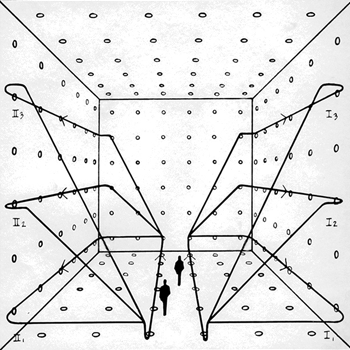Question #5b70d
2 Answers
Explanation:
This is the unit circle about the Origin
- Take the parameterisation in polar coordinates:
- Observe that:
- Then note that you actually have:
I'd go with the
.
Explanation:
To convert from
#color(blue)"cartesian to polar form"#
#color(red)(bar(ul(|color(white)(2/2)color(black)(x=rcostheta;y=rsintheta)color(white)(2/2)|)))#
#x^2+y^2=1#
#rArr(rcostheta)^2+(rsintheta)^2=1#
#rArrr^2cos^2theta+r^2sin^2theta=1#
#rArrr^2(cos^2theta+sin^2theta)=1#
#rArrr^2=1" since "cos^2theta+sin^2theta=1# This is the equation of a circle, centred at the origin with radius 1

